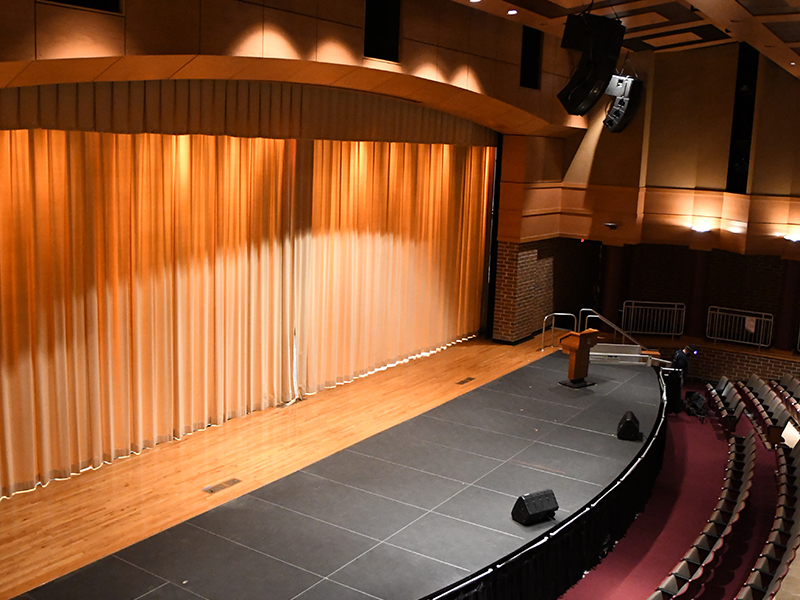Optimal Tactics for Positioning Security CCTV to Improve Monitoring Effectiveness

Placing security cameras effectively efficiently remains crucial to improving monitoring in various settings, such as residences, businesses, as well as community spaces. The main objective of security cameras is to discourage crime while also provide proof during case of events. To achieve this, it is important to consider various factors, such as surveillance camera location, field of vision, and the particular areas that require oversight. By comprehending these elements, people and entities can create a thorough surveillance plan that maximizes the efficacy of their security systems.
One of the initial actions in positioning surveillance systems is to identify critical locations that need monitoring. High-risk areas, such as entry points, exits, vehicle lots, as well as areas with valuable items, must be prioritized. It also important to take into account blind spots, that are locations that might not be visible from specific angles. By charting out these critical locations, security staff can guarantee that every corner remains monitored, minimizing the chances of illegal actions going undetected. Additionally, placing cameras at key points can help form a comprehensive perspective of the premises, allowing for improved overall surveillance coverage.
The field of a surveillance system is another crucial factor to take into account. Different types of surveillance systems offer different ranges of view, which can influence how much space is recorded in the footage. For example, wide-angle systems can cover larger spaces, rendering them ideal for spacious areas, whereas pan-tilt-zoom cameras can be adjusted to concentrate on particular features. When positioning surveillance systems, it is important to select the right type based on the location being monitored. This ensures that the system can capture clear images and offer valuable data in the event of an incident.
Height and angle of installation also play a significant part in the efficacy of security cameras. Cameras should be mounted at a height that is out of reach of potential tampering but also enables for clear viewing of faces and other identifying details. A typical suggestion is install systems at least 8 to 10 feet off the ground. Additionally, the angle at which the system remains set can affect its ability to capture important information. Surveillance systems security camera installation guide should be angled to reduce glare and avoid blockages, guaranteeing that they can record clear footage at any moments.
Finally, regular maintenance and improvements to the surveillance camera is essential for long-term efficacy. This entails checking camera functionality, wiping optics, and making sure that software is up to date. Frequent evaluations of the monitoring plan can help detect any additional areas not visible or locations that might require additional coverage. By remaining vigilant and making necessary changes, people as well as entities can enhance their surveillance efficacy and guarantee that their surveillance systems continue to serve their designated purpose.